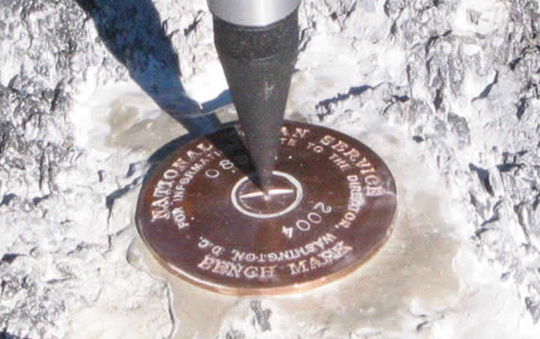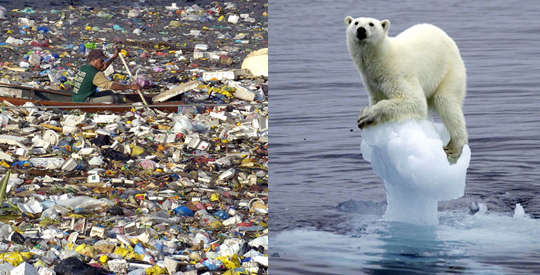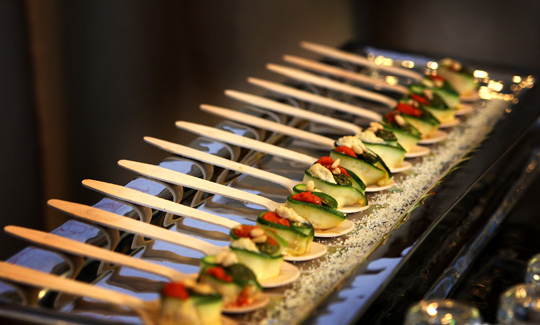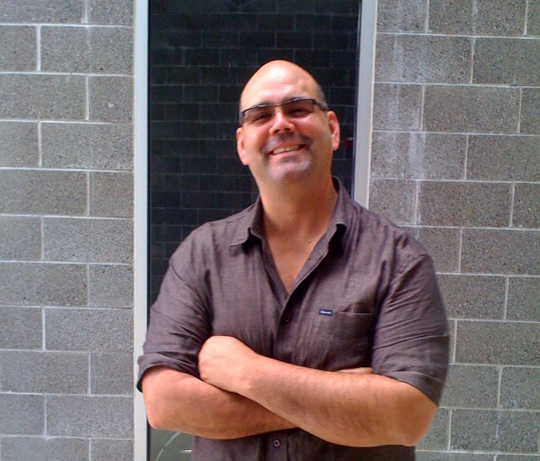Blueprint for a Green Business

As a smart business owner, you are most likely already committed to a green path, and have taken action. Do you sometimes feel overwhelmed, frustrated, or lacking broad support in your organization? All of these are symptoms of an uncoordinated green program – lots of small tactics, but lacking a coherent vision that sustains and inspires everyone.
Going green requires the concerted, coordinated efforts of many different people both within your business and in your wider sphere of influence. It’s a dead-end to rely on piecemeal tactics with no connection to each other or to a big picture. Worse, relying on a few dedicated folks to carry it out is a sure recipe for distraction, wheel-spinning, and burn-out.
Want your green efforts to be taken seriously and result in a more profitable and healthy business? How can green become a core value of your business, integral to your mission and infused in everything you do?
In any change process, it’s essential to know where you are starting from, if you are to map out a plan to go in a new direction. Successful change involves three key steps: receive a new vision, benchmark your current impacts, and map out a plan of action to get there.
You should know that, without an inspired, engaging vision, it is hard to get others enrolled in your project, and hard to sustain even your own interest over the long haul. That’s one of the most common reasons why green business initiatives fizzle, or never reach even close to their full potential of benefits.
Here are three tips to help you design and implement a successful program to green your business.
Tip #1: Receive Your Vision
Why do you care about green? What does going green mean to your business, to your personal sense of mission? How is this expressed your business? What does that mean for you – your sense of purpose, your vision of the future, your values, your influence in the world?
Tip #2: Benchmark
When you start working with a personal trainer, you weigh in or get some measurements taken at the beginning, right? This is the benchmark, against which you measure all progress. Marking progress gives you an excuse to celebrate!! Which is a huge factor in keeping your focus on your goal and the hard work required to get there.
The same applies for your green initiatives. Your benchmark gives you a starting point and your progress helps you to grow the involvement of your team, suppliers, customers, and community.
What are your current impacts – energy use, materials use and re-use, water use, transportation impacts? There are several online tools to help you estimate these. Here are two to check out:
Business footprint is focused on your carbon footprint, or CO2 emissions, that contribute to climate change
Ecological footprint is more comprehensive, looking at all impacts
What are the ripple effects of a green business? How are you perceived by the media, potential employees, suppliers, customers, and your community? This is an important benchmark as well.
Tip #3: Craft a Plan of Action
This is where the rubber hits the road. What are your priorities, where do you want to focus first? Network with peers to exchange ideas, contacts, and questions. Get support when you need it, to sift through and digest information, to hold you accountable, and to keep you focused on what’s important.
* * * * * * * * * * * * * * * * * * * * * * * * * * * * * * * * * * * * * * * * * * * * * *
I hope these tips help you design a more orderly approach to greening your business. It’s like building a house. Sure, you can just go to Home Depot, buy a bunch of supplies on sale and start knocking them together. Or, you can work with an architect to design exactly what you want, a beautiful house that meets your needs and your budget.
Let me know how these work for you and if you need any support with it.





 View the dynamic, moving GOforChange: Greening Baltimore video
View the dynamic, moving GOforChange: Greening Baltimore video





